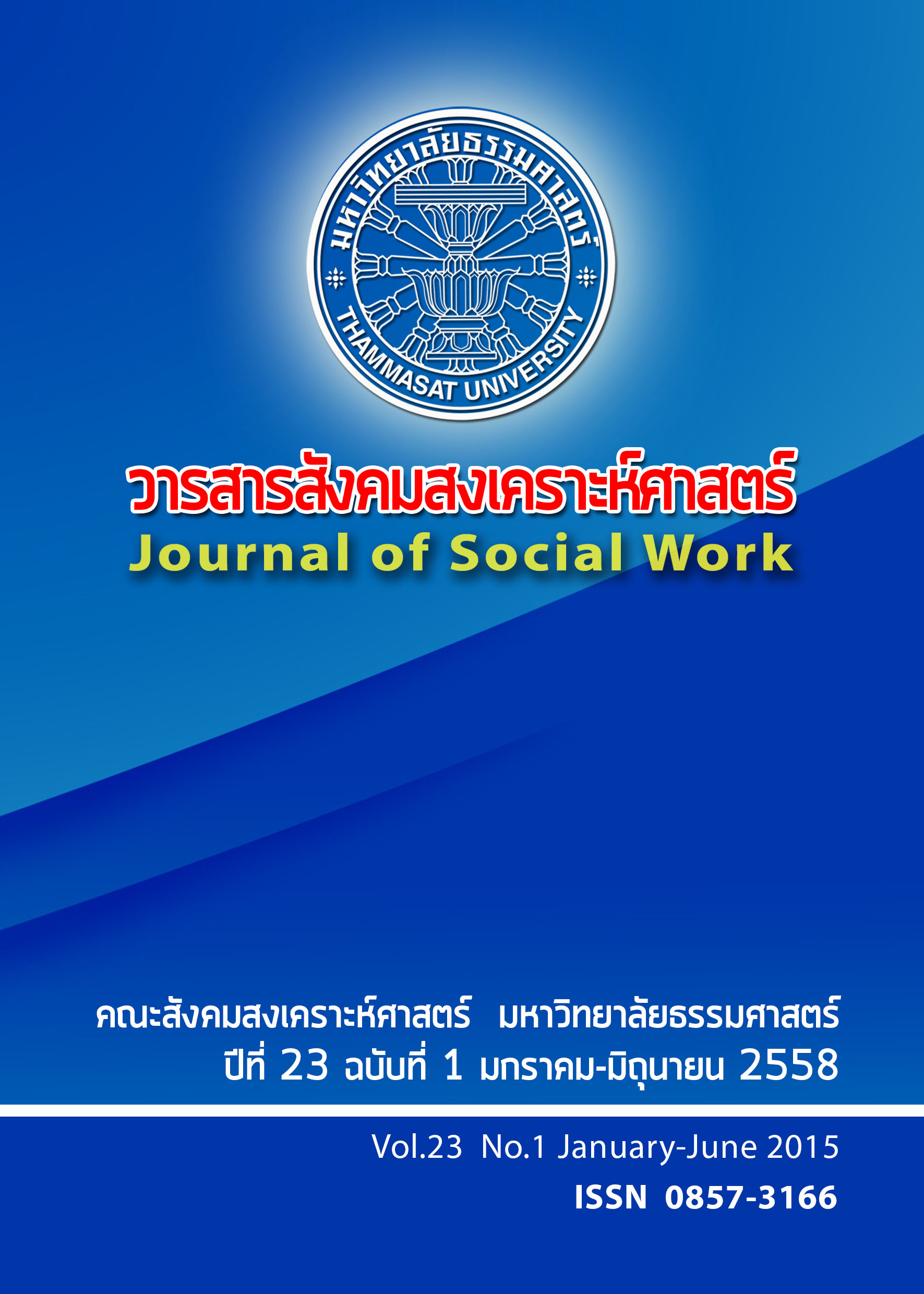The Management system Flood Relief Operations Center : Temporary Rest Centre, Pathom Rajabhat University
Keywords:
Management system, Flood victims, Flood Relief Operations CenterAbstract
Introduction: The flood in Nakhon Pathom province was a highest level disaster that severely damaged households and the quality of life there. A Flood Relief Operations Center was hurriedly set up as a responsibility of the community at Nakhon Pathom Rajabhat University.
Purpose of the study: To address explicit knowledge of concept, lesson learn, process of management for Flood victims at Relief Operations Center, Nakhon Pathom Rajabhat University.
Methodology: This study was a qualitative research. All of 30 the key informants were university administrators, instructors, leaders of flood victims and the flood victims themselves. The data were collected via in-depth interview, focus group, observational participation and non-observational participation. Data were analyzed using content analysis and compared matrix.
Results: These were as follows: 1) The concepts of the Flood Relief Operations Center Management system underpinned the philosophy of sympathy with suffering flood victims, was flexible in the situation, changed the crisis opportunity for community development and adjusted the standing point of voluntaries’ officer in university through intergraded academic duty within problem solving. 2) 1.5 month time line of Flood victims at Relief Operations Center at Nakhon Pathom Rajabhat University were management within planning infra-structure, coaching management and developed through self-reliance. 3) Management system included settle head quarter Flood Relief Operations Center, registration, food management, activities, health care service, place, and data management of flood victims related capacity of Rajabhat University.
Conclusions: The success conditions for established Flood Relief Operations Center could be 1) directly aims and sincere helping without conditions of administrator. 2) charity of instructors and Officer University integrated professional discipline management. 3) Academic and administration Networking would be clearly cooperation and participation management.
References
กระทรวงสาธารณสุข. (2554). สธ.จับมือ กทม.ตั้ง ร.พ.สนามที่จุดพักพิง. http://www.manager.co.th/Home/ViewNews.aspx?NewsID=9540000138231 ค้นเมื่อวันที่ [2011, October 31].
ขนิษฐา นันทบุตร. (2551). ระบบการดูแลสุขภาพชุมชน แนวคิด เครื่องมือ การออกแบบ. ขอนแก่น: อุษาการพิมพ์.
ขนิษฐา นันทบุตร และคณะ. (2552). กรอบวิธีการศึกษาและถอดบทเรียนปฏิบัติการชุมชน. กรุงเทพฯ: บริษัท ทีคิวพี จำกัด.
คณะกรรมการการจัดการความรู้. (2554). บทเรียนการจัดการตั้งศูนย์พักพิงช่วยเหลือผู้ประสบภัยพิบัติน้ำท่วมของโรงพยาบาลสวนสราญรมย์. สุราษฎร์ธานี : โรงพยาบาลสวนสราญรมย์.
สมเดช นิลพันธุ์. (2554). โรงพยาบาลสนามโมเดลเจ็บป่วยทุกข์ยากเราช่วยได้.http://www.matichon.co.th/news_detail.php?newsid. ค้นเมื่อวันที่ [16 พฤศจิกายน 2554].
สำนักงานคณะกรรมการพัฒนาสังคมและเศรษฐกิจแห่งชาติ. (2554). รายงานการศึกษาเบื้องต้นการจัดการภัยพิบัติและการฟื้นฟูบูรณะหลังการเกิดภัย กรณีศึกษาในประเทศและต่างประเทศ. กรุงเทพฯ : บริษัทศูนย์การพิมพ์เพชรรุ่งจำกัด.
ศูนย์ประสานจัดการความรู้เพื่อรับมือภัยพิบัติ (ศจภ.). (2554). ข้อมูลน้ำท่วม. http://www.k4flood.net. ค้นเมื่อวันที่ [2011, October 31].
อุบลวรรณา โพธิ์รัง. (2554). ตามไปดู ราชภัฏนครปฐม ต้นแบบศูนย์อพยพผู้ประสบภัยน้ำท่วม. http://www.matichon.co.th/news_detail.php?. ค้นเมื่อวันที่ [9 พฤศจิกายน 2554]
Wikipedia.(2011).FiledHospital.http://en.wikipedia.org/wiki/Field_hospital [2011, October 31].
Downloads
Published
How to Cite
Issue
Section
License
The manuscripts published in the Social Work Journal is the copyright of the Social Work Journal, Thammasat University
Any article or opinion appeared in the Social Work Journal will solely be under the responsibility of the author The Faculty of Social Administration, Thammasat University and the editors do not need to reach in agreement or hold any responsibility.



